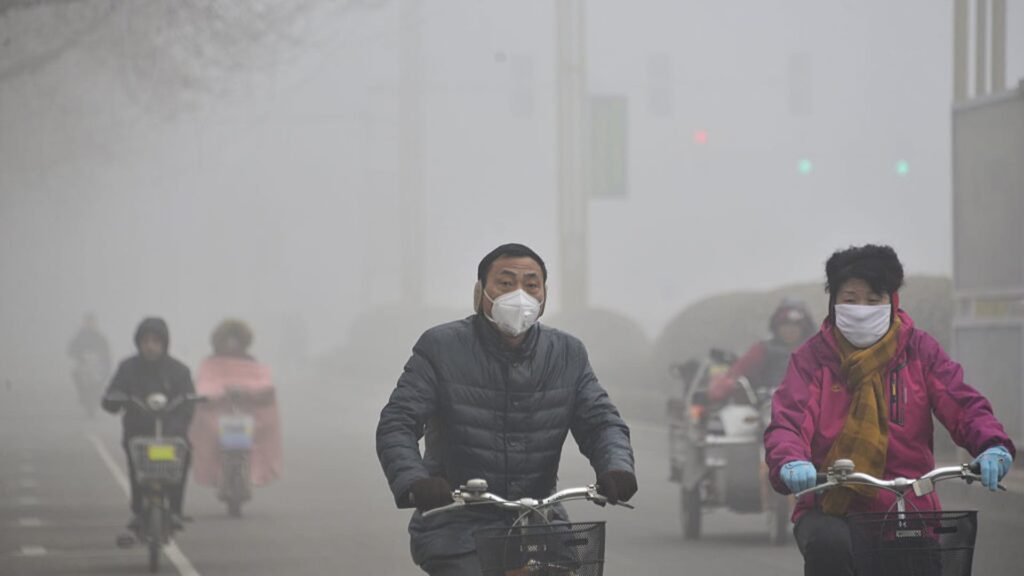Walking and cycling are well-known for their positive impact on both personal health and the environment. However, concerns have arisen about the potential health risks associated with exercising in areas with high air pollution levels. In this article, we delve into the effects of air pollution on health and explore how walking and cycling can still offer substantial benefits, outweighing the risks even in polluted air.

Air Pollution and Its Impact on Health
Air pollution is a significant global health challenge, linked to a range of health issues, including respiratory problems, cardiovascular diseases, and cancer. According to the World Health Organization, approximately 7 million deaths annually can be attributed to air pollution, emphasizing the severity of this environmental concern.
Walking and Cycling Amidst Air Pollution
Studies have indeed demonstrated that walking and cycling in polluted air can elevate the risk of respiratory problems. However, the overall health advantages of these activities far surpass the potential risks.
A noteworthy 2019 study conducted by the Imperial College London revealed that even in cities with elevated air pollution levels, engaging in 30 minutes of daily walking or cycling can reduce the risk of premature death by a remarkable 10%.
Furthermore, another study published in the esteemed journal Nature discovered that cycling for just 30 minutes each day reduces the risk of developing heart disease by an impressive 20%.
Conclusion
Conclusive evidence showcases that walking and cycling continue to be beneficial to personal health, even when performed in areas with air pollution. The advantages of these physical activities outweigh any potential risks posed by polluted air. Therefore, individuals seeking ways to stay active and enhance their well-being can confidently turn to this exercises as excellent options.
Tips for Walking and Cycling in Polluted Air
- Choose Optimal Times: Select early morning or late evening hours for walking and cycling when air pollution levels tend to be lower.
- Avoid High-Traffic Areas: Steer clear of congested roads and heavily traffic-laden regions to minimize exposure to harmful pollutants.
- Utilize Protective Masks: Consider wearing masks that effectively filter out pollutants to reduce inhalation of harmful particles.
- Take Breaks and Listen to Your Body: If you experience shortness of breath or any respiratory discomfort, take breaks as needed, and prioritize your health and safety.
Using the Air Quality Index (AQI) for Informed Decisions
To stay well-informed about air quality conditions in your area, refer to the Air Quality Index (AQI). The AQI provides a clear measure of air pollution levels and is color-coded to indicate the severity of pollution. Utilizing the AQI can aid in making educated choices about engaging in outdoor activities like walking and cycling.
Bottom Line
The verdict is clear – walking and cycling retain their immense health benefits, even when performed amidst air pollution. The advantages of these physical activities in promoting well-being far outweigh any potential risks. Embrace this exercises as potent tools for improving your health, while also contributing to a greener and healthier environment.
